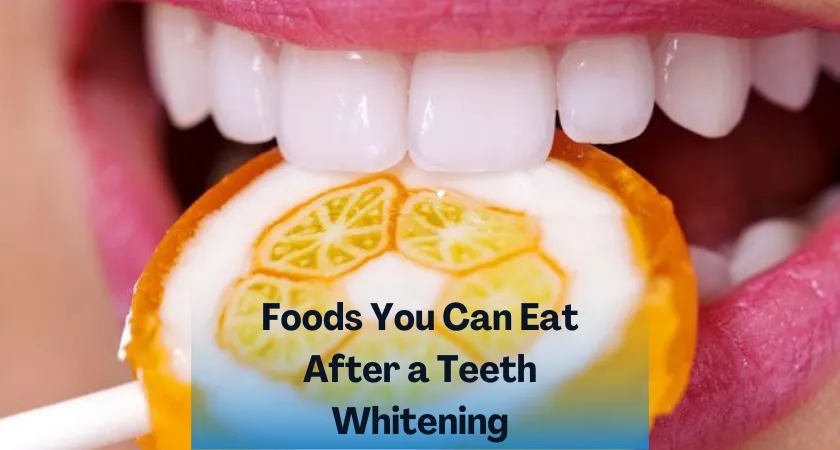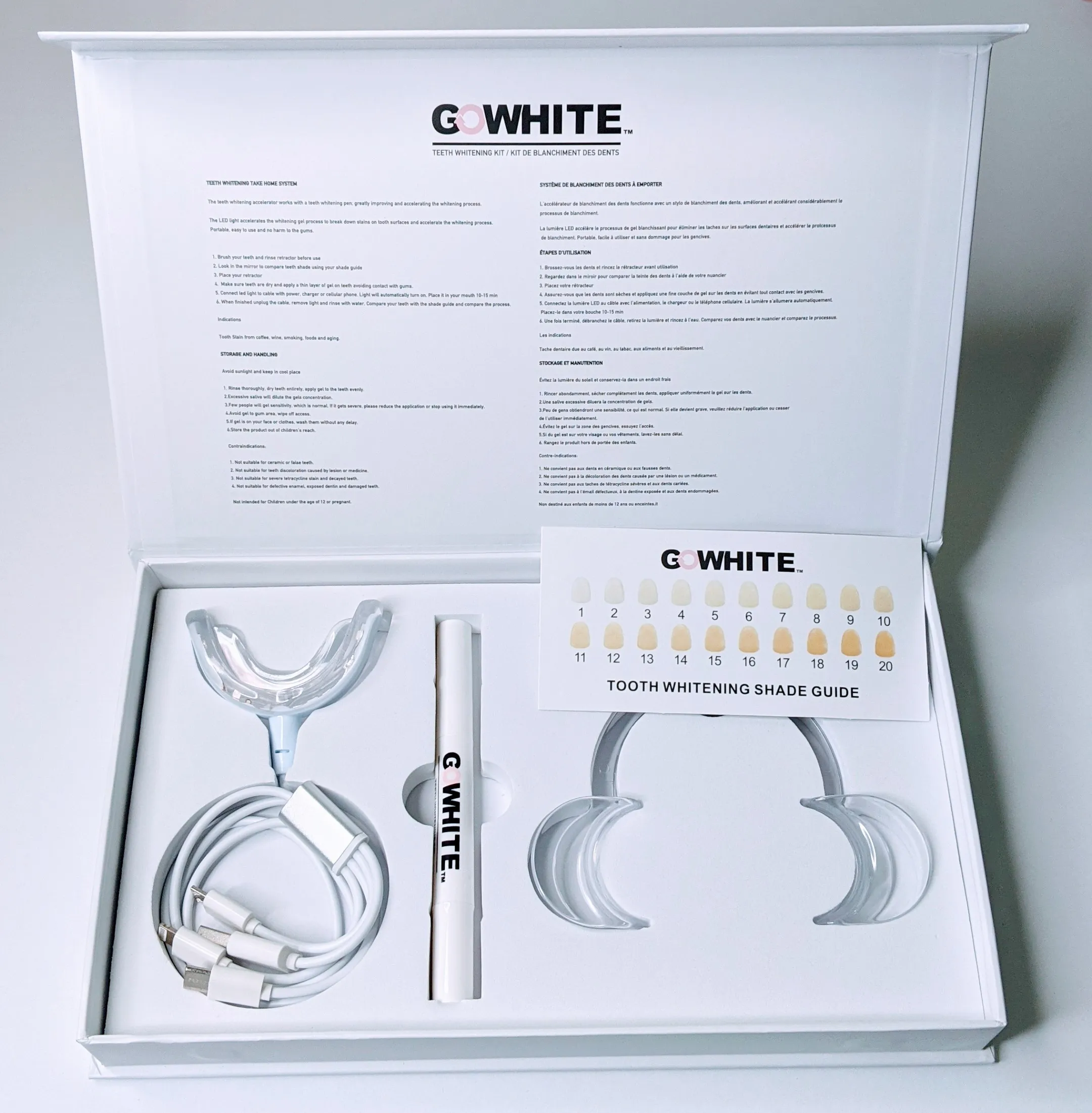The Basics of Teeth Whitening
Teeth whitening is a popular cosmetic dental procedure designed to lighten the shade of your teeth, making them appear brighter and more youthful. It involves removing stains and discoloration that can result from various factors like aging, certain foods and drinks (coffee, tea, red wine), tobacco use, and even some medications. There are several methods available, ranging from over-the-counter products to professional treatments performed by a dentist. Understanding the fundamentals of teeth whitening is the first step in making informed decisions about how to care for your smile after any procedure. It’s crucial to know the impact of different foods and beverages, especially when considering the aftermath of whitening treatments.
What is Teeth Whitening?
Teeth whitening essentially involves the use of bleaching agents, most commonly hydrogen peroxide or carbamide peroxide, to break down the stain molecules within the enamel of your teeth. This process doesn’t just clean the surface; it penetrates the enamel to address the underlying discoloration. Over-the-counter whitening products typically contain lower concentrations of these bleaching agents, leading to more gradual results. Professional treatments, on the other hand, administered by a dentist, utilize higher concentrations for faster, more dramatic whitening. The efficacy and longevity of the results can depend on the initial state of your teeth, the type of whitening used, and your post-treatment care habits. It’s also important to understand how the procedure can temporarily affect your teeth’s sensitivity, making dietary choices even more crucial.
Different Types of Teeth Whitening Procedures

There are several approaches to teeth whitening, each offering varying levels of convenience, cost, and effectiveness. At-home whitening kits typically include custom-fitted trays or strips containing a bleaching agent. These are used for a specific duration each day over a period of weeks. In-office whitening, performed by a dentist, involves applying a stronger bleaching agent, often activated by a special light or laser, to accelerate the whitening process. This method provides immediate results within a single appointment. Another option is whitening toothpaste and mouthwashes, which help remove surface stains and maintain brightness but are generally less effective than professional treatments. Choosing the right procedure involves considering your budget, the severity of your staining, and your desired outcome.
The Role of Honey in Your Diet
Honey, a natural sweetener produced by bees, has been a staple in human diets for centuries. Beyond its delicious taste, it offers a complex blend of sugars, vitamins, and minerals. Its properties make it a versatile ingredient in various cuisines and traditional remedies. The role of honey in your diet, however, extends beyond mere taste. Its consumption impacts not only your overall health but also your oral health. When considering teeth whitening, understanding this role is crucial because of honey’s sugar content, which can interact with your teeth in ways that affect the longevity and effectiveness of your whitening treatment. It’s important to understand how honey’s natural composition affects your overall oral health.
Nutritional Benefits of Honey
Honey is more than just a sweet treat; it offers several nutritional benefits. It contains small amounts of vitamins (such as vitamin C and B vitamins) and minerals (like calcium, iron, and zinc). Furthermore, honey has antioxidant properties due to the presence of flavonoids and phenolic acids, which can help protect your cells from damage. The specific nutritional content can vary depending on the type of honey (e.g., raw honey, manuka honey) and its floral source. Honey also has some antibacterial properties. However, it is important to note that honey is primarily composed of sugars (glucose and fructose), so its nutritional value should be considered alongside its potential effects on oral health, especially after procedures like teeth whitening.
Potential Effects of Honey on Teeth

Despite its potential benefits, honey’s high sugar content poses a risk to your teeth. The sugars in honey, like other sugars, can be metabolized by bacteria in your mouth, producing acids. These acids can erode the enamel, leading to cavities and other dental problems. The stickiness of honey can also contribute to this problem, as it allows the sugars to linger on your teeth for extended periods. While honey may contain some antibacterial properties, these are generally not potent enough to counteract the harmful effects of its sugar content. Therefore, moderate consumption and proper oral hygiene are essential for maintaining a healthy smile, particularly when including honey in your diet.
Honey’s Impact After Teeth Whitening
The impact of honey after teeth whitening is a critical aspect to consider. When your teeth are freshly whitened, the enamel is more porous, and therefore, more susceptible to staining. Consuming foods and drinks with strong colors or staining properties can quickly compromise the results of the whitening treatment. Honey, while not intensely colored, contains sugars that bacteria can convert into acids, potentially leading to enamel erosion and sensitivity. Moreover, if honey contains any additives or colorings, they could contribute to staining. To preserve your bright smile, the type, and amount of honey, as well as the timing of its consumption, need careful consideration after teeth whitening.
Top 5 Things to Consider
After teeth whitening, several factors influence whether honey is a good choice. Here are five key considerations:
- Timing: It’s advisable to avoid honey for the first few days after teeth whitening, when your teeth are most vulnerable.
- Type of Honey: Opt for lighter-colored honey varieties, as they are less likely to stain. Darker honeys, such as buckwheat honey, have a higher risk of staining.
- Amount: Consume honey in moderation. Small amounts are less likely to cause significant damage or staining.
- Consumption Method: If you consume honey, do so in a way that minimizes its contact with your teeth. For example, mixing it into tea or yogurt may be preferable to eating it directly off a spoon.
- Oral Hygiene: Always brush your teeth after consuming honey to remove any lingering sugars and prevent staining.
How Honey Can Affect Whitening Results

The sugars and potential staining agents in honey can negatively affect the results of your teeth whitening. The porous nature of your enamel immediately after whitening makes it easier for staining agents to penetrate. While honey is not as likely to cause immediate, strong stains as, say, coffee or red wine, the sugars can promote bacterial activity, which can indirectly affect the appearance of your teeth. Over time, if you regularly consume honey without proper oral care, it can contribute to a gradual loss of brightness. It is therefore crucial to weigh the benefits of honey against the potential impact on the longevity and effectiveness of your teeth-whitening treatment.
The Importance of Maintaining a White Smile
Maintaining a white smile is essential for preserving the results of your teeth-whitening treatment and your overall oral health. This includes following your dentist’s aftercare instructions, which often involve dietary restrictions, such as avoiding foods and drinks that cause staining. Regular dental check-ups and cleanings are also crucial for removing surface stains and maintaining a bright smile. Practicing good oral hygiene, including brushing and flossing regularly, helps prevent the buildup of plaque and tartar, which can dull your teeth’s appearance. Making conscious choices about your diet, including the consumption of honey, contributes to a long-lasting, beautiful smile.
Can Honey Stain Your Teeth?
Yes, honey can potentially stain your teeth, although it is less likely to cause immediate, dramatic staining compared to items like coffee or tea. The staining potential of honey depends on several factors, including its color. Darker honeys, such as buckwheat or wildflower honey, contain more pigments and are therefore more prone to causing discoloration. The sugar in honey, while not a direct stain, supports the growth of bacteria, leading to the formation of acids that can erode enamel and make teeth more susceptible to staining from other sources. Maintaining good oral hygiene, especially after honey consumption, is the key to preventing staining and preserving the brightness of your smile.
When is It Safe to Consume Honey?

It is generally safe to consume honey after teeth whitening once the initial sensitivity has subsided, and the enamel has had time to re-mineralize, typically a few days to a week post-treatment. However, the safety also depends on the type and amount of honey consumed, as well as your oral hygiene habits. Choosing lighter-colored honey varieties and consuming them in moderation can minimize the risks. Always follow up honey consumption with brushing and flossing to prevent sugars from lingering on your teeth. The key is to balance your dietary choices with diligent oral care to maintain your bright, white smile. Always consult your dentist for personalized advice.
Practical Tips After Teeth Whitening
Following teeth whitening, several practical tips can help you maintain and prolong your bright smile. First and foremost, adhere to your dentist’s post-treatment instructions. This typically involves avoiding highly pigmented foods and drinks such as coffee, tea, red wine, and berries for at least the first few days, or even a couple of weeks. When you do consume food and beverages, rinsing your mouth with water after meals helps remove food particles and reduce the risk of staining. Consistent oral hygiene practices, including brushing with a gentle, non-abrasive toothpaste and flossing daily, are critical. Regular dental check-ups and cleanings also play a vital role in keeping your teeth bright and healthy. Careful attention to these practices significantly enhances the longevity of your whitening treatment.
Dietary Restrictions Following Whitening
Dietary restrictions are a crucial part of the post-whitening care regimen. For the first few days, it is advised to stick to a “white diet”. This includes foods like white rice, chicken, fish, potatoes (without the skin), and dairy products such as milk, yogurt and cheese. Avoid all strongly colored foods and drinks, like berries, dark sauces, colas, and coffee, as these can quickly stain the porous enamel. Remember, avoiding items known for staining is the best way to protect your newly whitened teeth. As you slowly reintroduce other foods and drinks, observe how your teeth react. You can gradually introduce new things into your diet if you have no problem. The more you restrict staining foods and drinks, the longer your teeth will remain bright.
Best Practices for Eating Honey

If you choose to include honey in your diet after teeth whitening, there are several best practices to minimize its potential impact. Choose lighter-colored honey varieties, as they have less staining potential. Consume honey in moderation. When eating honey, try to limit the contact it has with your teeth by mixing it into other foods or drinks, such as tea or yogurt, instead of consuming it directly. Always brush your teeth after consuming honey to remove any lingering sugars and prevent bacterial activity. Regular dental check-ups and cleanings, along with proper oral hygiene habits, such as brushing and flossing, support the longevity of your results. By adhering to these best practices, you can enjoy honey while safeguarding the brilliance of your smile.
Alternative Sweeteners After Teeth Whitening
If you are concerned about the impact of honey on your newly whitened teeth, several alternative sweeteners can be considered. Stevia, a natural, zero-calorie sweetener, is a great option. Xylitol, a sugar alcohol, not only sweetens but also has benefits for oral health, as it can help prevent tooth decay by inhibiting the growth of bacteria. Another alternative is erythritol, which is also a sugar alcohol and has minimal impact on blood sugar levels. When selecting alternative sweeteners, it is important to consider their taste, potential health benefits, and any potential side effects. By opting for these sweeteners, you can satisfy your sweet cravings while minimizing the risk of staining and decay, thereby supporting the longevity of your teeth whitening treatment.
